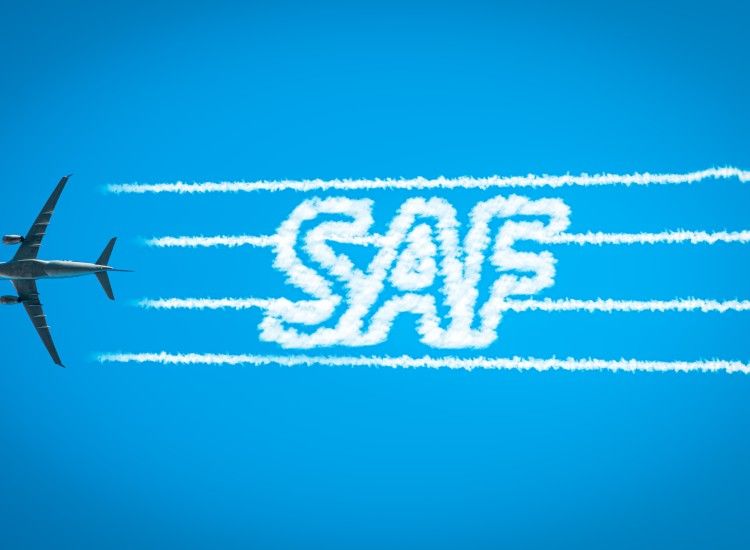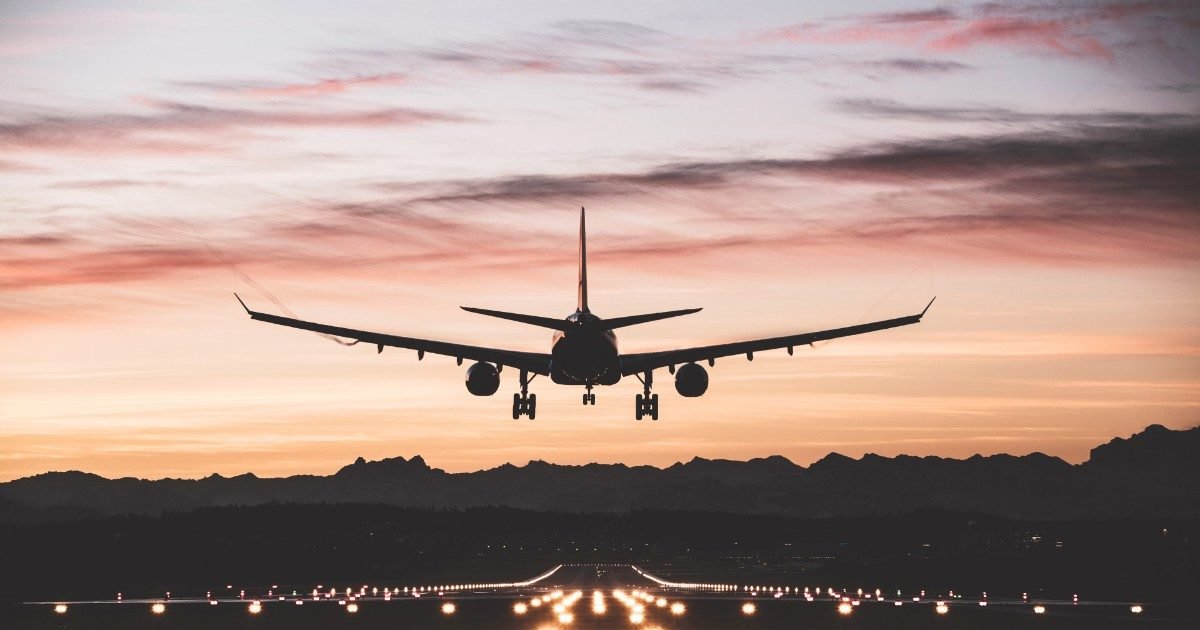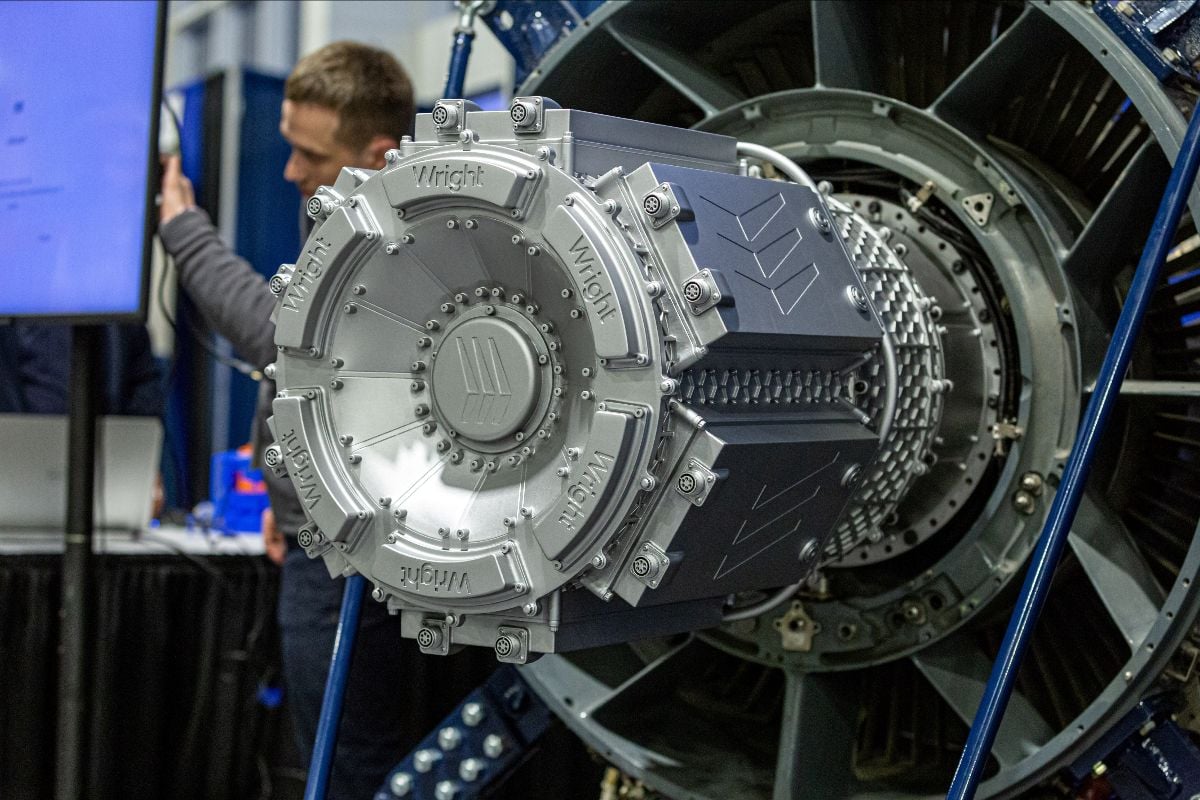Airlines and passengers worldwide use jet fuel, but how much do you know about this form of energy that aviation still depends on today? In this article, we’ll look at all the fuel types used in aviation, their properties, the different types of kerosene available, and much more.
So, what hydrocarbons are used in aviation, what are their properties, and how is jet fuel made?

Aviation fuel comprises long chains of hydrocarbons produced during the refining process. These hydrocarbon chains are derived from the raw material harvested to make fuel: petroleum. The oil comprises molecules containing mainly carbon and hydrogen atoms and molecules containing other atoms, mainly sulfur, nitrogen, and oxygen. This mixture has to be separated to make fuel that can be used for aircraft, and the hydrocarbon chains of interest to us recovered, so it is first heated to around 350-370°C. The different fractions are then separated in the distillation tower of a refinery according to their boiling point.
The oil is then purified, the various components obtained by distillation are mixed, and finally, it is converted (by modifying the chemical structure of the hydrocarbon molecules) into a finished product ready to be marketed.

Aviation fuel is a term often used interchangeably with kerosene, but it can also refer to aviation gasoline used for general aviation, piston propeller engines, microlights, and sports aircraft, for example. Known as AVGAS, this spark-based fuel has a much lower flash point than kerosene and a much higher octane rating than the petrol used in road vehicles.
Jet fuel or kerosene—from the German Kerosin—refers mainly to aviation fuel used to power aircraft jet engines. Also known as aviation turbine fuel or Avtur, it is a highly refined paraffin (a type of diesel) that ignites under pressure and heat in the combustion chambers of jet engines.
There are many types of specialized jet fuel, including those designed for passenger aircraft, such as JET A-1, and military-grade fuels, such as JET F-34/JP-8. Each has different characteristics, including freezing points, octane ratings, and additives.
The main differences between aviation fuels and petrol are that aviation fuel is much purer, and paraffin comprises different hydrocarbons.
For example, temperatures can drop to around -40 degrees Celsius when aircraft are in flight. Automotive petrol would freeze at this height, but because kerosene has a lower freezing point, it remains liquid, allowing aircraft to operate at high altitudes.
In addition, additives designed to improve fuel performance are present in AVGAS and standard petrol, but some are only available in aviation fuel, such as metal deactivators, gum inhibitors, and static dissipaters.
Regarding the operating temperatures of aviation fuels, the freezing point of Jet A is -40˚C, while that of Jet A-1 is -47 ̊C. The freezing point of the AVGAS, meanwhile, can be close to -58˚C. As far as high temperatures are concerned, it does not ignite at room temperature and does not form dangerous mixtures between fuel and air because it releases few vapors.
JET-A1 boils at around 150°C – 250°C and has a flashpoint above 38˚C, which is crucial as the fuel could ignite dangerously.
Water is the enemy of kerosene. It is essential never to add water to jet fuel. When flying at altitude, extremely low temperatures can cause the water in the fuel to freeze, which can block the aircraft’s fuel inlet pipes. To combat this, fuel heaters are often used to prevent the water in the fuel from freezing.
AVGAS, a petroleum-based fuel, has a typical octane rating of 91 or 100 for a lean mixture and 96 or 130 for a rich mixture. Kerozene, on the other hand, has a much lower octane rating of around 15, which makes it similar to automotive diesel and much more resistant to detonation caused by sparks or compression.
According to US government sources, it is estimated that more than 1 billion liters of kerosene are used by international aviation every day, i.e., more than 11,500 liters every second.
There are several possible solutions for reducing the greenhouse gas emissions released into the atmosphere by the aviation sector, one of which is closely linked to kerosene: Sustainable Aviation Fuel (SAF).

This is an alternative fuel made from sustainable raw materials. They can be made from vegetable oils, cooking oils, animal fats, sugars and starches, certain algae or lignocellulose from wood residues, and certain inedible plants. Once produced, up to 50% of this biofuel is blended with conventional kerosene.












